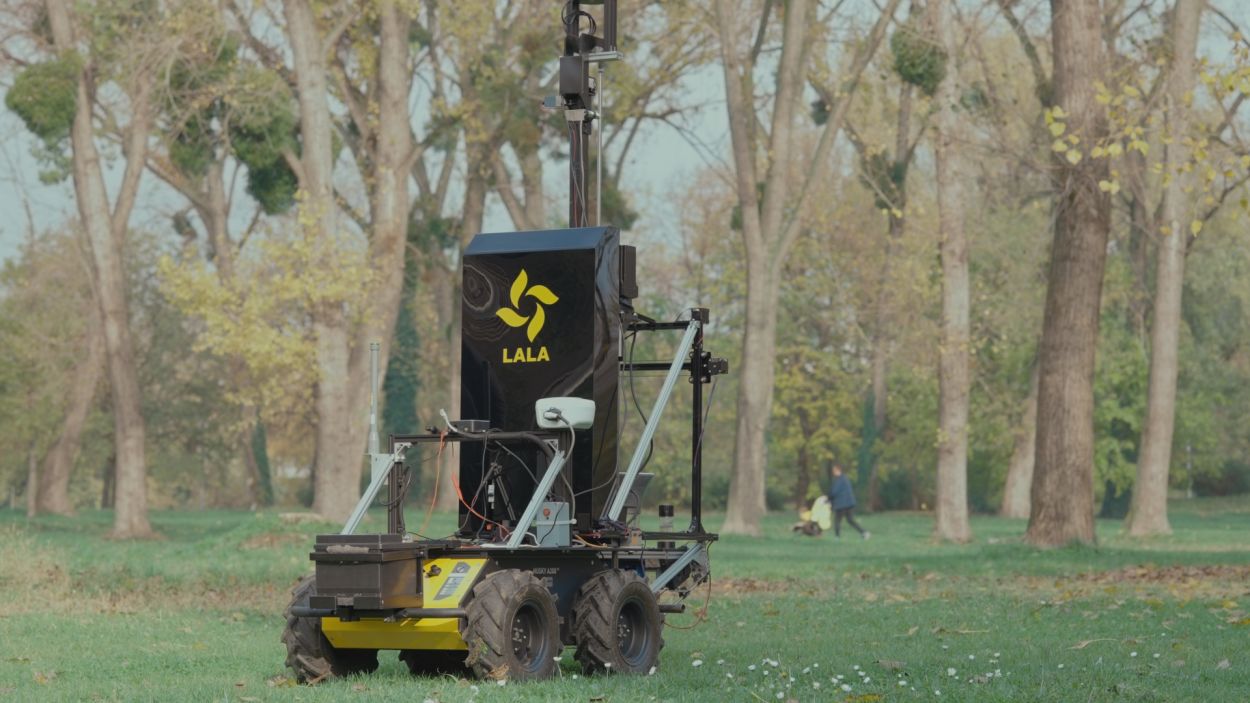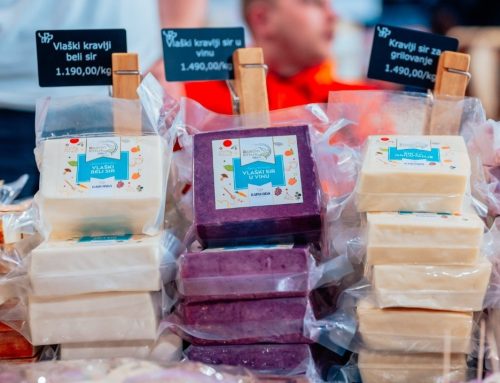What is the first association to Vojvodina? Certainly that fertile plain, which is why we call the Province the granary of this country. We probably think of a smiling Vojvodina farmer, who sweats while working hard.
Well, that is less and less, and instead of a straw in the corner of his lips, a farmer from Vojvodina now often has a mobile phone or tablet. Because farming in the 21st century is characterised by digital agriculture, and one of the pioneers in this field is the BioSense Institute, located in Novi Sad.
“Digital agriculture is a term that has become familiar and is widely used today. This is interesting to us from our experience, because we started with the idea of merging information technologies and agriculture 15 years ago. At that time, it was really on the level of a joke”, Vladimir Crnojević begins the story, director of the BioSense Institute and professor at the Faculty of Sciences and Mathematics in the field of data science.
Although their work today is recognised at the international level, in the beginning they did not always come across the understanding. “People told jokes about us and thought we weren’t exactly down to earth… because we connect satellites, cell phones, sensors and agriculture. However, here we are 15 years later, now everyone is talking about it as if it were a completely normal thing, as if it has always been by our side.”
During the decade and a half of work on modernisation and digitalisation in the economy, Professor Crnojević’s team has managed to develop and patent numerous tools and applications that facilitate and improve farming. “What people know about us is that we deal with robots in agriculture.
We have two prototype robotic platforms with different sensors and devices. For example, they sample the soil and analyse it. It is important for us that a wide circle of users sees a concrete benefit from us, because we are a national institute, a public institution”, points out Professor Crnojević.
Probably the most famous tool is the digital agriculture platform of Serbia – Agrosens – with more than 15,000 users in the system, which records more than a quarter of agricultural land.
The idea of the platform is to provide ordinary users in agriculture, who have only a mobile phone and no knowledge of digital technologies, with the most modern digital services completely free of charge. Therefore, everything that agriculture of the future brings is already available to the people of Serbia today, and for them the future has already begun.
“Thanks to a good idea and the fact that we were in the right place at the right time, we managed to form one such institution with the help of the European Union and the Horizon funds, which has become, as the European Commission said, a scientific beacon in the Balkans.” Professor Crnojevic concludes.
The EU encourages the development of science and innovation in order to create the technological preconditions for the development of competitiveness and the economy across Europe. The EU has enabled the citizens of Serbia to use the common research space and improve their skills in the EU countries, which has made Serbian scientists more visible to the European and world scientific community.





